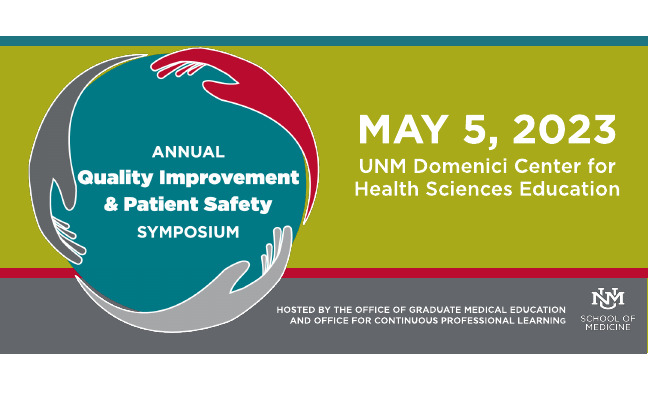Document Type
Presentation
Publication Date
3-6-2020
Abstract
Introduction:
Weekly morbidity and mortality (M&M) conference has been a long-standing part of graduate surgical education in the United States. M&M conferences were established in the early 1900s as a tool for personal improvement. Since their inception, M&M conferences have focused on the presentation and discussion of cases which result in adverse outcomes for patients. The context in which healthcare is delivered has become increasingly complex, and training paradigms have changed, but the process of M&M has remained relatively unchanged. We sought to revise the weekly M&M conference in the Department of General Surgery in order to increase the educational benefit as well as to create a more reliable process for identification and tracking of systems-level quality improvement issues.
Materials and Methods:
We undertook an initiative to restructure the weekly M&M conference in our department to focus on two aspects of surgical education: 1) Individual development and 2) Institutional quality improvement. Opportunities for individual development afforded by M&M include preparation for the oral board examination, self-reflection and planning for future practice, and continuing education about changes in practice and standard of care. Institutional improvement opportunities afforded by M&M include identify and address systems issues and providing a forum for discussing tools to advance system-level care practices. In order to enhance these two aspects of our M&M conference, we made several changes to the case submission and selection process, the conference format, the quality improvement tracking system, and the system for presenter feedback (Table 1).(see attachment)
Results:
The major changes to our M&M conference were implemented at the start of the 2019-2020 academic year in July 2019. Since that time we have had 20 M&M conferences led by 5 moderators featuring 76 case presentations by 22 resident presenters. Each M&M conference has included an interesting teaching case. Nine quality improvement or system-level issues have been identified, all of which have been addressed. Audience participation with the presenter feedback system has low but has been consistently improving. Moderator evaluations of changes to M&M conference have revealed a consistent improvement in presentation quality and literature selection. Feedback from residents has been positive; there has been an increase in the perception of M&M conference as a valuable educational activity both as a presenter and as an audience member.
Conclusions:
Over the last 6 months, we were able to successfully implement a substantial change to our weekly M&M conference in the Department of General Surgery. This project has increased the educational value of the conference for participants and improved the process for identifying and tracking systems-level quality improvement issues. Future planned improvements to the conference include the addition of a formal mechanism for feedback from the moderator to presenters on a weekly basis and the implementation of a feedback system for the moderators.
Recommended Citation
Williams-Karnesky, Rebecca Lynn; Jorge Wernly; Erika Ketteler; M Tim Nelson; Jasmeet S. Paul; and John C. Russell. "Optimizing the educational value of surgical morbidity and mortality conference." (2020). https://digitalrepository.unm.edu/hsc_qips/37


Comments
Presented at the University of New Mexico Health Science 2020 Annual Quality Improvement and Patient Safety Symposium